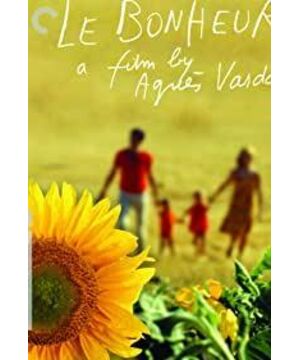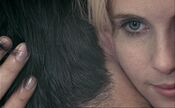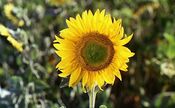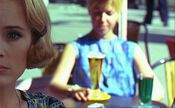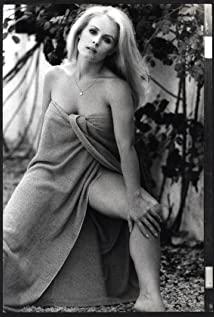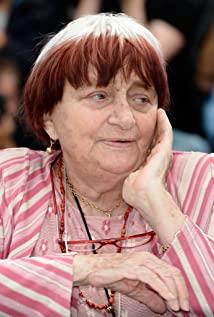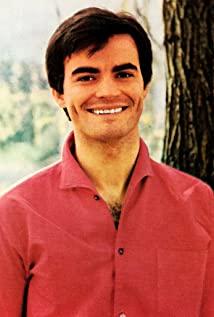Agnès Varda's "Happiness" is less blunt than "Kramer from Five to Seven", no pessimism and anarchy of "The Wanderer", and more tender. It's a film influenced by Mozart's music and Impressionist paintings. Some say this is not a story about adultery, but a story about the Garden of Eden. Indeed, the tone of the film is light and lively, although there is death and pain in it, but a clear sense of happiness as the film's leading throughout.
This is not a feminist film, but an examination of human emotions. The emotions of the characters in the film are so pure that we can't believe this is a story that happened in the real world. After watching the film, I can clearly feel that this film is just a fairy tale.
The film deals with the definition of happiness. What is happiness? This film seems to tell us that happiness is to face our own feelings truly, to choose love without hurting others. This is obviously a bit of a paradox, and maybe this is the reason why the male protagonist's wife accidentally fell into the water.
Classic lines, the definition of happiness.
Female: I'm afraid you will say that the first time is an accident, the second time is inertia...
Male: Every day is a new beginning.
Woman: Are you happy at home too?
Male: Very happy...
Female: Is your wife used to it?
Man: No, I love her very much. We have a great relationship, we share a lot of fun, and the kids, they are a surprise every day!
Woman: what about me?
Man: We met, and then fell in love with you... The
classic line, the wife forgives her husband's affair.
Man: How much do you love me?
Female: I love more than before, because you are happier than before!
This film is accustomed to the composition method used in France in the 1960s and 1970s. Many compositions are first complete, and then cut into close-ups one by one, which is clear at a glance. The picture of this film is very beautiful, the refreshing and warm sunshine, the sunflowers always facing the sun, the beautiful countryside... Can not help but remind people of Jean Renoir's "One Day in the Countryside". Indeed, this film can be regarded as a masterpiece of poetic realism.
In this film, solid colors are often used as excessive in different chapters. Everyone must have a clear understanding of color, and no longer explain its meaning, but in the end, the director may define yellow as the color of happiness; Suggestions: temptation, mystery, this is an obvious hint; when the two start to imagine the future when they chat, the fast-cut lens is defocused; the actors often look directly at the camera and look at the audience, emphasizing a sense of participation; the male protagonist and The moment when the hero looked at his drowning wife and picked her up, the director repeated this process repeatedly, plus there was no sound at that time, a kind of inner grief all burst out... Indeed, this film There's still a lot of freedom in approach, after all, Agnès Varda is a New Wave director.
View more about Le Bonheur reviews


